Burnt saucepans can cause distress for many kitchen professionals. If you have ever faced the frustration of a burnt saucepan, you understand that cleaning it can feel like an uphill battle. In this article, we will delve into how to clean a burnt saucepan with bicarb, an excellent method that is effective and reveals the brilliance of your cookware once again.
The process of cleaning with bicarbonate of soda (bicarb) is not only efficient but also environmentally friendly. Its a go-to solution in the culinary realm. As a kitchen professional, its crucial to have a dependable cleaning method that leaves your equipment sparkling clean.

Understanding Bicarb and Its Benefits
Bicarb (sodium bicarbonate) is a fantastic, multi-purpose household cleaner. It acts as a gentle abrasive, making it suitable for removing burnt residues without damaging your saucepan's surface. Furthermore, it's non-toxic, which is a necessity in any cooking environment.
Why Choose Bicarb for Cleaning?
Using bicarb offers various advantages:
- Natural Cleaner: Its a safe, chemical-free option.
- Cost-Effective: Bicarb is inexpensive and readily available.
- Non-Scratching: It won't scratch most saucepan surfaces.
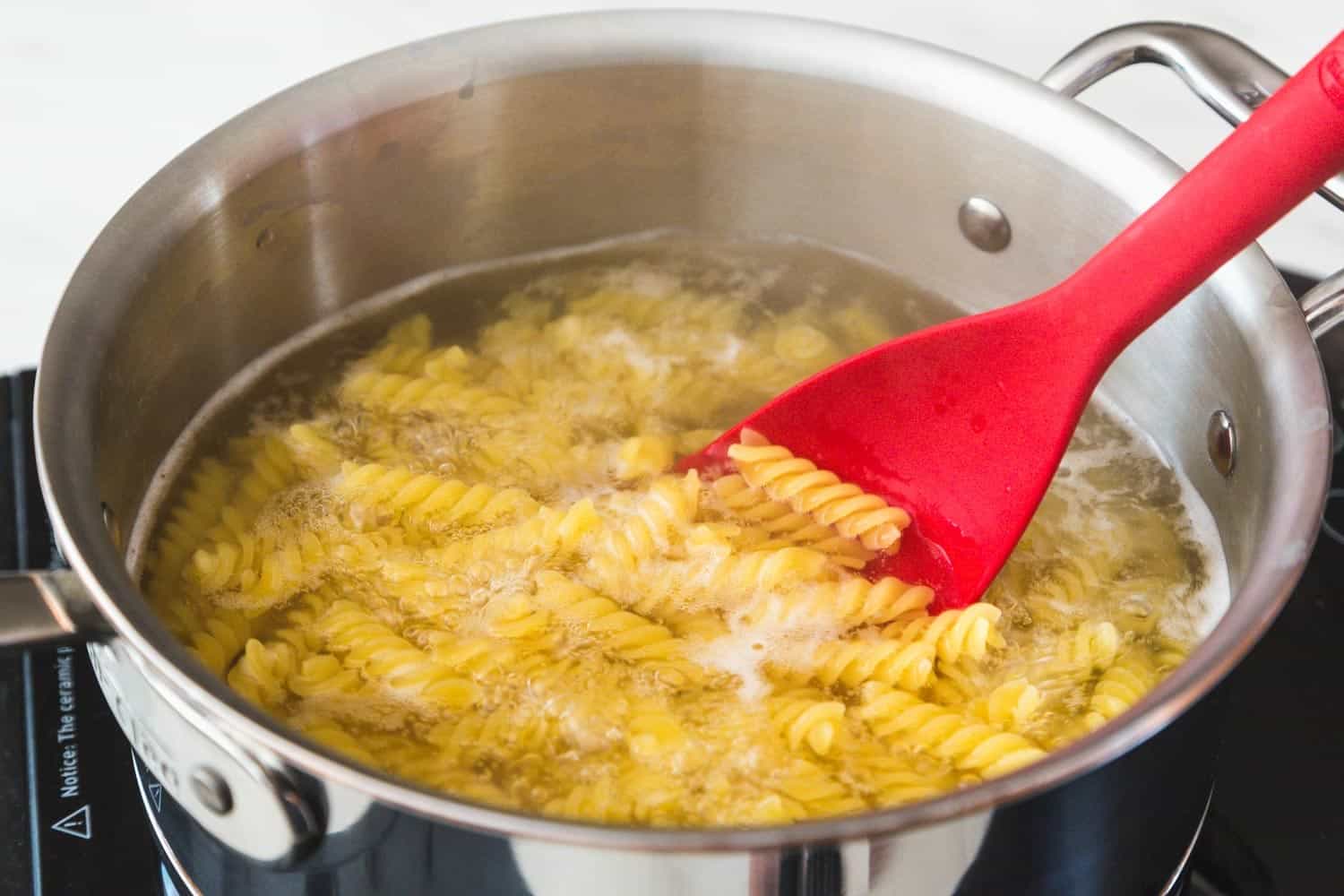
Steps for Cleaning a Burnt Saucepan with Bicarb
Now, let's discuss the effective step-by-step process that will help you restore your burnt saucepan to its former glory.
Materials Needed
- Bicarbonate of soda
- Water
- Scrubbing pad or sponge
- Stove
- Paper towels
Step 1: Prepare the Paste
Start by mixing a few tablespoons of bicarb with water in a bowl until it forms a thick paste. The usual ratio is one part water to three parts bicarb.
Step 2: Apply the Paste
Apply the paste onto the burnt areas of the saucepan. Be generous with the paste, ensuring it covers all the stains. Let it sit for at least 15-30 minutes. This allows the bicarb to break down the burnt residues effectively.
Step 3: Scrub the Saucepan
After letting the paste sit, use a scrubbing pad or sponge to gently scrub the burnt areas. You might need to apply some pressure, but be careful not to damage the surface of the saucepan.
Step 4: Rinse and Repeat
Rinse the saucepan thoroughly with warm water. If there are still stubborn spots remaining, dont hesitate to repeat the paste application and scrubbing steps until all burnt food is removed.

Precautions When Cleaning with Bicarb
While bicarb is generally safe to use, always ensure to:
- Test on a small area before applying all over.
- Avoid using metal scrubs on non-stick pans.
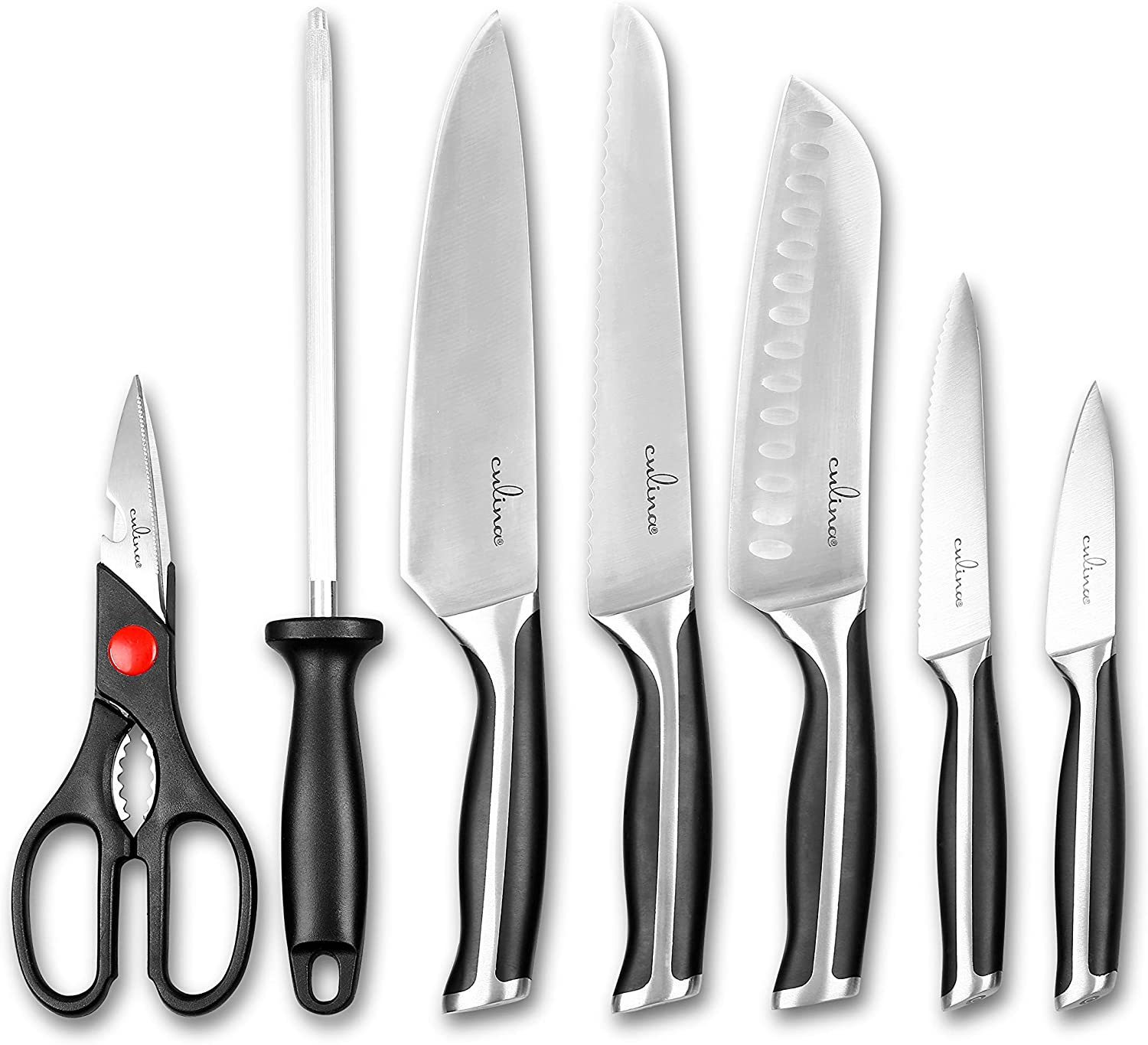
Additional Tips for Keeping Your Saucepan in Top Shape
Here are some extra tips to help maintain your saucepan after youve cleaned it:
- Regular Cleaning: Avoid letting food sit in the pans post-cooking.
- Proper Storage: Store pans judiciously to avoid scratches.
Relevant Resources
For more tips on cookware maintenance, you might find these articles useful: How to Remove Scrambled Egg, Clean Stainless Steel Pan, What is a Saucepan?.
FAQs on Cleaning Burnt Saucepans
1. Can I use bicarb on all types of saucepans?
Yes, bicarb is safe for most saucepan materials, including stainless steel and enamel. Always test on a small section first.
2. How often should I clean my saucepans?
It's best to clean your saucepans after each use to prevent buildup and maintain their lifespan.
3. Are there any tricks for very stubborn burnt food?
For extremely stubborn burnt food, combining bicarb with vinegar can yield additional cleaning power.
As an Amazon Associate, I earn from qualifying purchases.

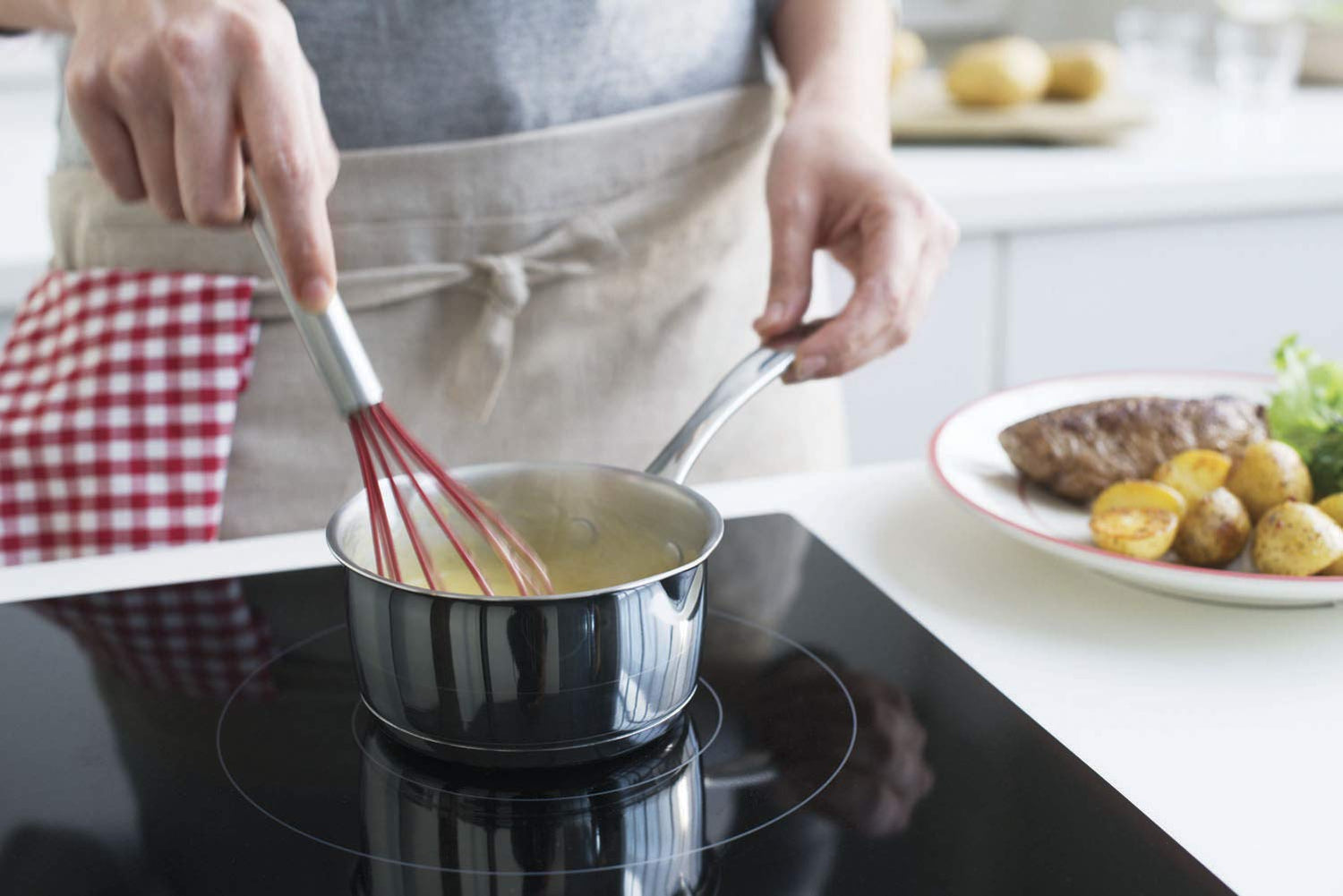


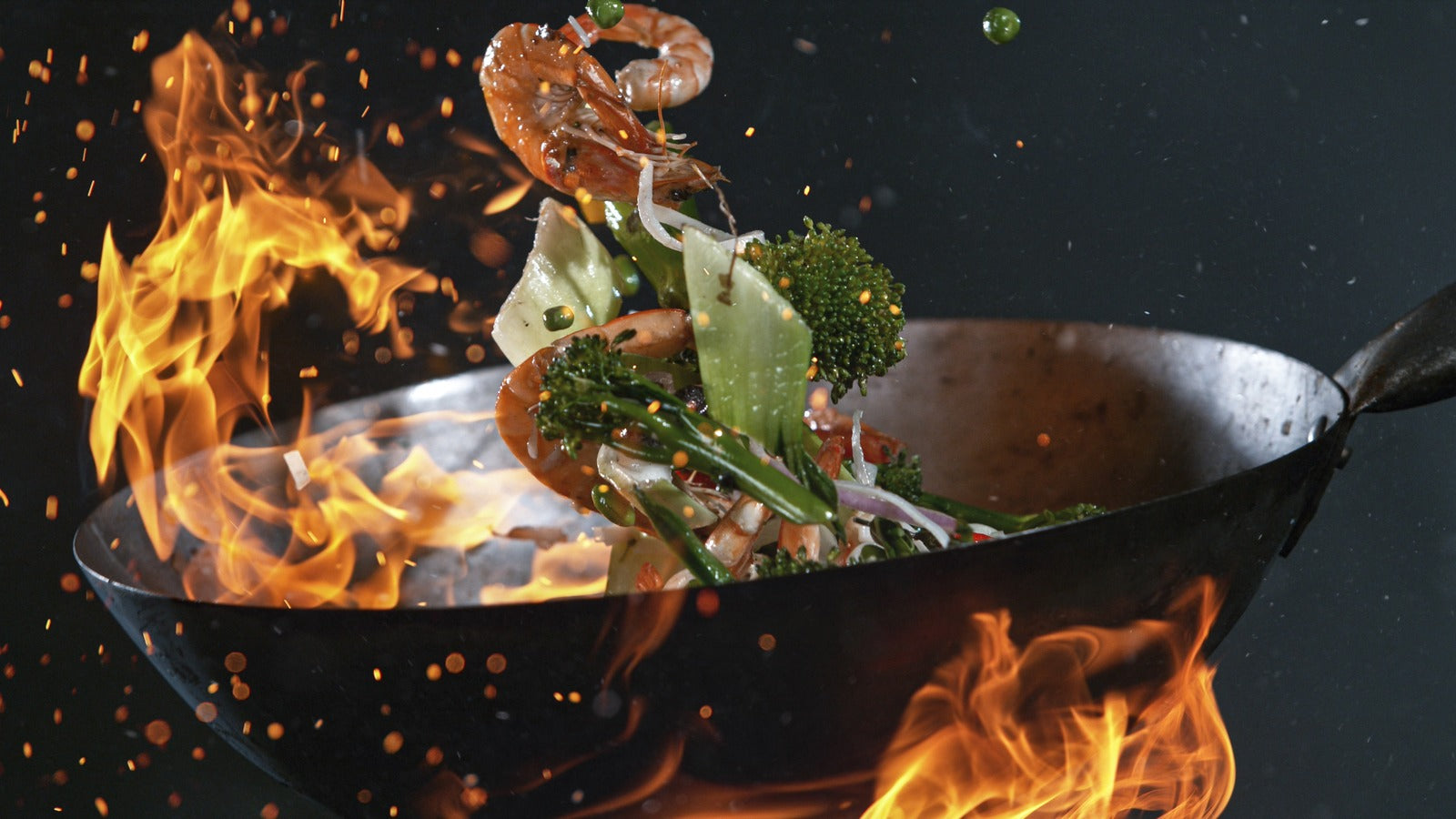
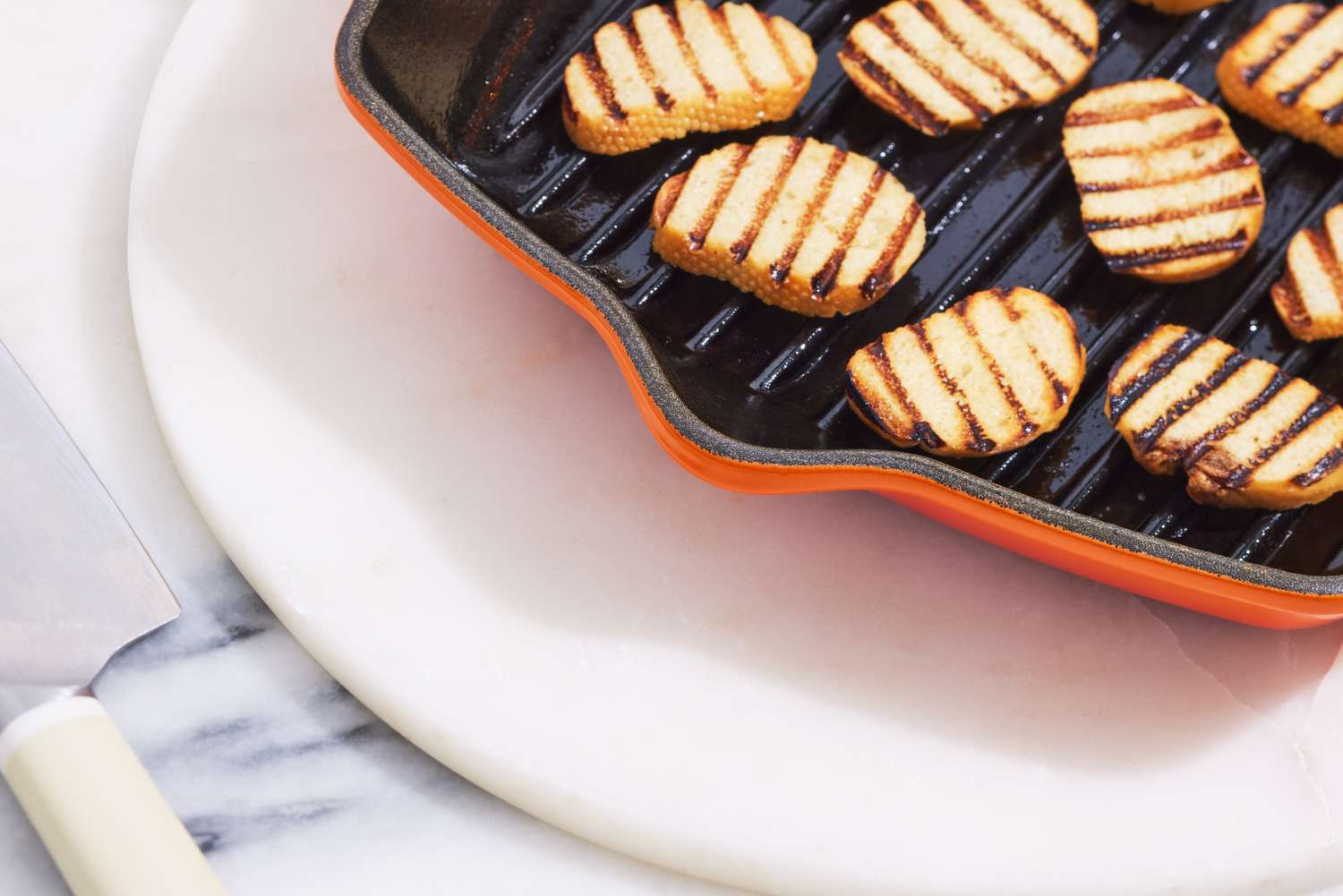
Leave a comment
This site is protected by hCaptcha and the hCaptcha Privacy Policy and Terms of Service apply.